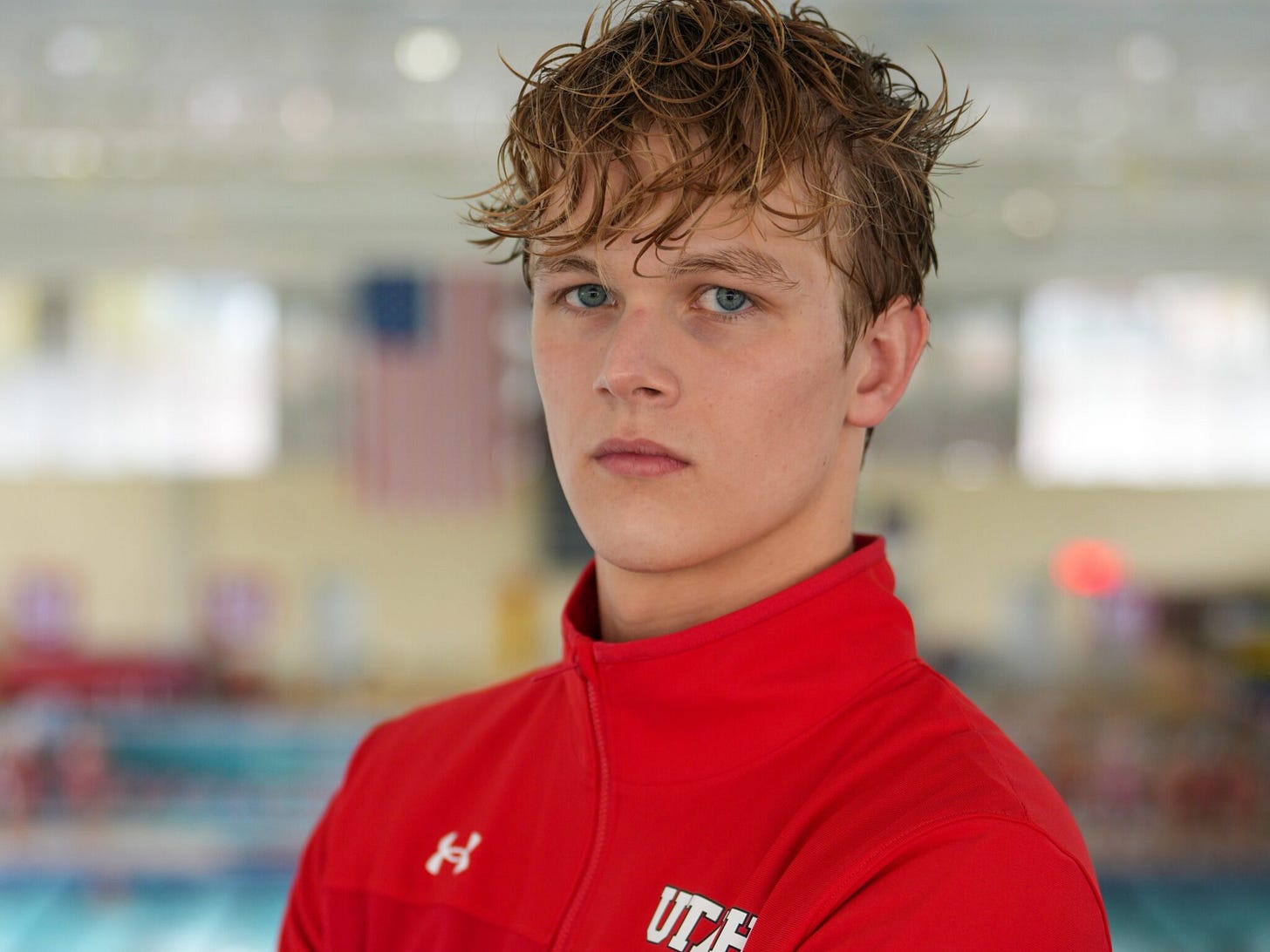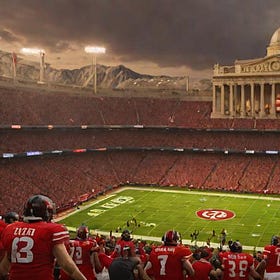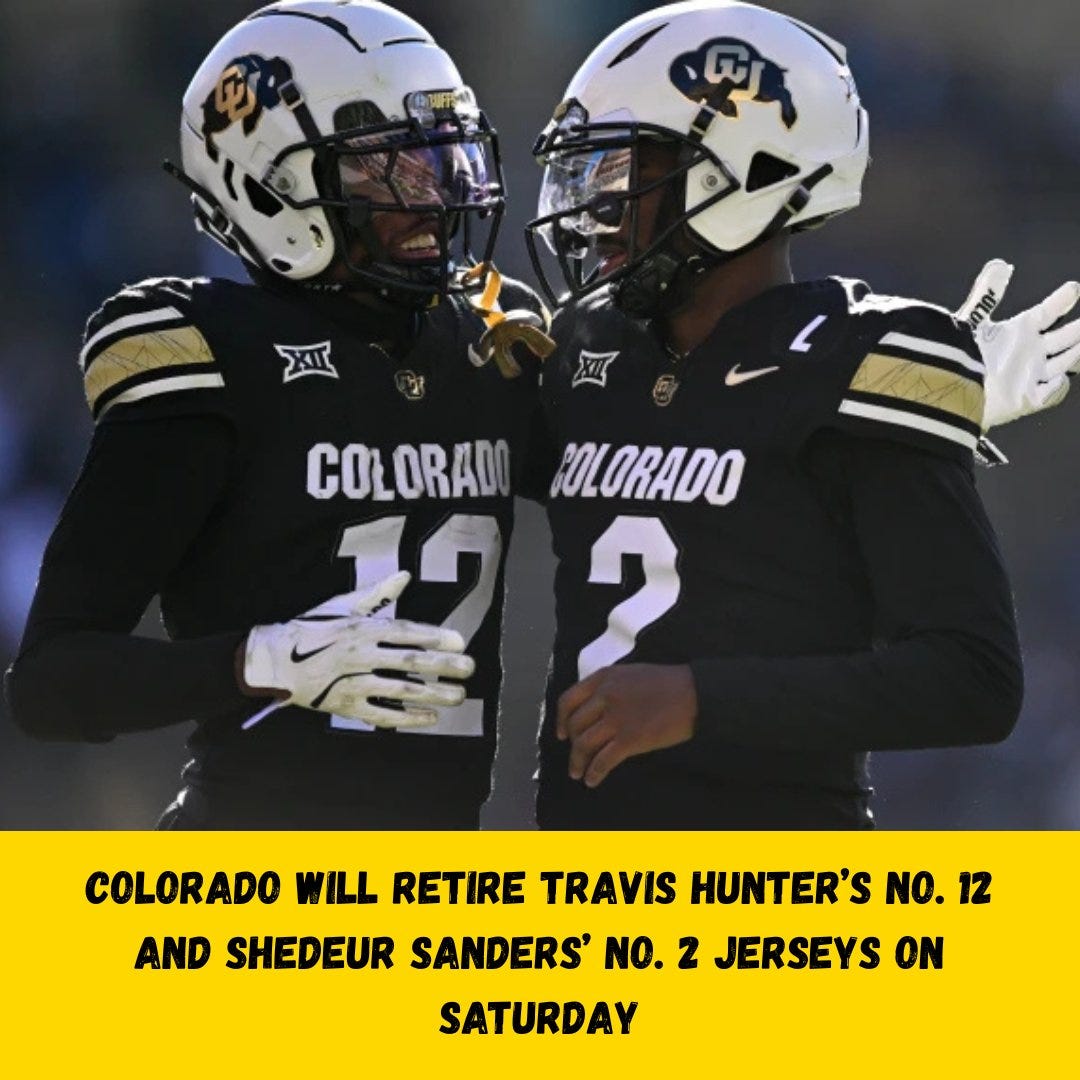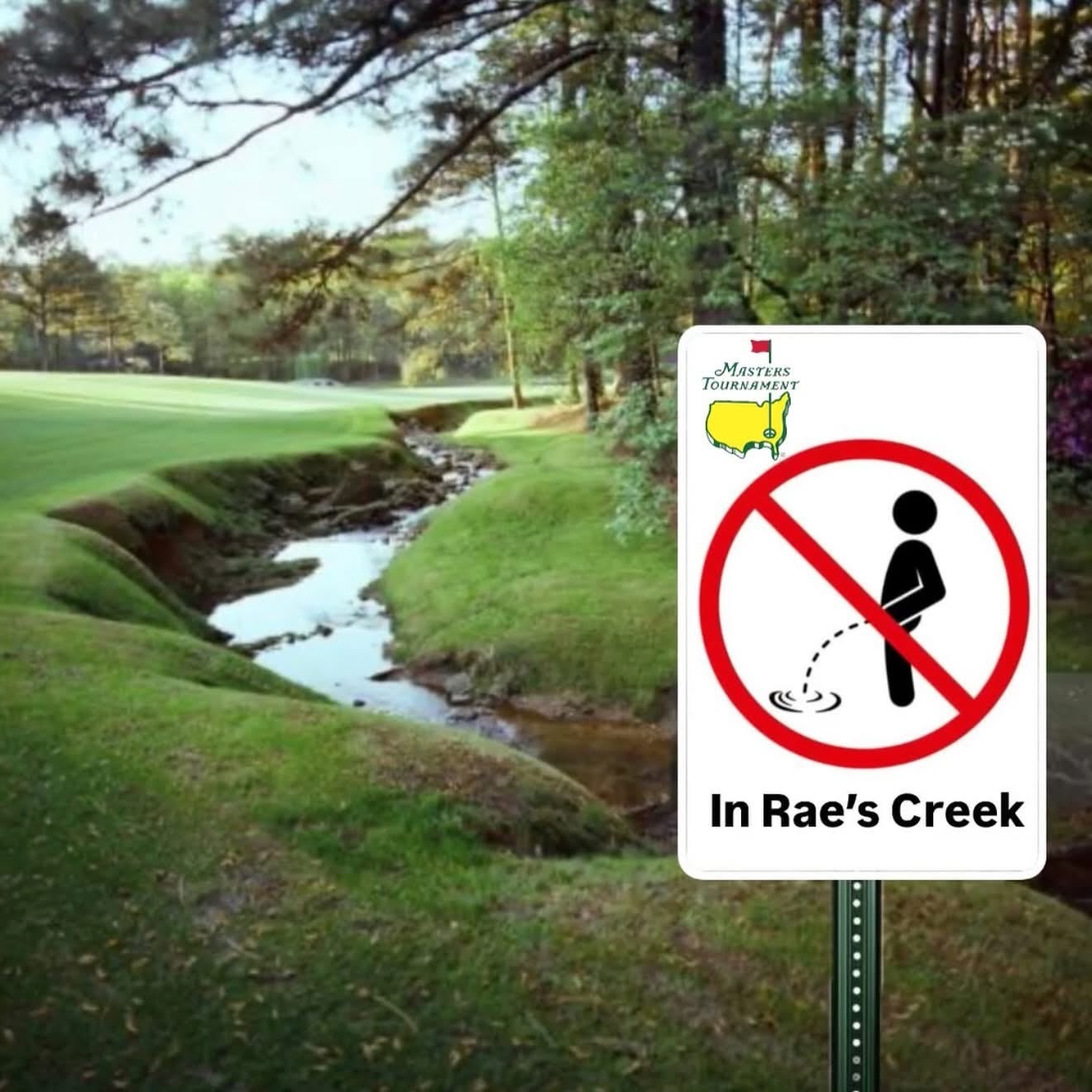A Win For Flynn
For NCAA Division I sports, the impending House Vs. NCAA settlement will have an instant impact. Utah Rep. Jordan Teuscher may be able to help, but Utes freshman Gannon Flynn spoke for many.
In a final hearing that was available to watch online, Utah Utes swimmer Gannon Flynn was one of several objectors at the federal courthouse in Oakland last week to plead his case against roster limits.
» In addition to addressing his own fears in a hearing pertaining to the impending House Vs. NCAA settlement, the Utes freshman Flynn told U.S. District Court Judge Claudia Wilken that many of the student-athletes he knows are concerned about being cut from their respective teams.
"If you don't have a perfect season,” said Flynn in part, “you might not get another."
That was difficult for the 75-year-old retiring Judge Wilken to listen to, apparently.
The judge then sent explicit instructions to the attorneys litigating on behalf of the NCAA to “grandfather in” a 10-year exception for student athletes on rosters before the judge makes her ruling within the next few weeks.
By the way, Gannon Flynn is no spring chicken. The Utah swimmer is a decorated athlete from Austin, Texas who was a two-time All-American during high school. His brother Kelson, a sophomore, is also on the Utes team and an older brother Bryce swims for TCU, another school in the Big 12.
As it stands, when you include the Flynn’s, Utah swimming and diving has 38 men’s student-athletes on its roster. The intention of the House Vs. NCAA settlement is to narrow that to a maximum of 30, and it’s one reason Flynn is worried and sent his objection.
The introduction of name, image and likeness in August 2021 to college athletics has already increased the rate at which players are being cut. No longer is it just about a player’s performance—it may be that another player from the transfer portal is available and better fits the profile of his or her school's athletics program.
The second reason behind the concern from Flynn is almost a foregone conclusion. By this spring, approximately 4,000 student athletes in Power 4 conferences are expected to be cut from their teams due to hard caps put on rosters, a condition of the pending $2.8 billion House Vs. NCAA settlement. In Division I, however, that number could go as high as 15,000, according to this article.
Where would those kids who were cut go? That’s central to Flynn’s argument, a valid point considering how many cuts are on the horizon for Utah’s athletics programs.
It’s a tricky situation, admitted Nebraska athletic director Troy Dannen. He and his counterparts are already bracing for cuts numbering close to 100 across his school’s sports teams; what will those kids do? Choose to walk on? Hit the transfer portals of their respective sports where more than 1,000 of their fellow brethren remain?
That probably depends on the school and whether or not it opts to pay out of pocket—outside of the revenue some schools that plan to opt in to the settlement say they plan to share with their student-athletes.
Whether a Power 4 member chooses to pay extra for an expanded roster or not is subjective and up to that school, but: the majority of these cuts are not going to be in football or basketball—at least from a percentage standpoint. [Football rosters will still decrease from 20 players on up, depending on how many guys are already on the roster, according to the terms of the settlement.]
On the flip side, some good news to share is that none of these kids who are cut during this grace period at D1 schools would see their athletic scholarships eliminated—another condition of this House settlement. Finally, there would be no hard cap on scholarships—the primary reason most Olympic sports have had its teams sharing scholarships by halves or by thirds, even.
Though these changes will have an adverse effect on NCAA Division I schools—which directly impacts all the colleges and universities in Utah—it may serve as a benefit to NCAA Division II and III schools that do not have any sort of roster cap and have had difficulties filling teams with student-athletes.
For Tom Wistrcill, Big Sky Commissioner, he noted that his NCAA Division I member schools including Weber State do not "have the resources" to pay players from this $2.8 billion settlement and so they will opt-out. “We won’t choose to do that in the Big Sky Conference,” said Wistrcill in an interview with Portland, Oregon TV station KGW-TV, in part.
(One would assume that means Southern Utah and Utah Tech, who also play in Division I-AA, would opt out completely.)
Therein lies the problem. Though it seems rather easy for Judge Wilken to grandfather in these roster limits and at the very least create some “small comfort” for kids such as Gannon Flynn—if they’re cut or released from their scholarship—the NCAA is dead against it. In their estimation the creation of a leeway period would open doors for the afore-mentioned student athletes to file countless lawsuits, birthing yet another Pandora’s Box for college athletics’ premier governing body to to have to slam shut.
Honestly, it's a rather sad state of affairs for the NCAA that as a whole boasted it had 520,000 athletes competing in championship-level sports as recently as 2022. That number is obviously bound to drop at least five to 10 percent--if the House settlement and its pending roster caps are approved.
There’s also the looming threat of Congress intervening—one that is literally split down the middle in its membership—that could make this even more tricky than it may seem.
One lawmaker, however, says he has Utah’s college athletics programs on his mind. Rep. Jordan Teuscher [R-South Jordan] has already been a frontrunner on proposing a NIL bill for Utah's student-athletes. He sponsored House Bill 202, which focused more on providing enforcement on “street” agents from out-of-state attempting to do NIL business over $600 in the state as well as on gambling and drug and alcohol enforcement:
NIL Means No: How The Utah Legislature Wants This War To Be Won
First Things First» In my last article on NIL back in 2022, I painstakingly went through the trouble of dissecting gobs of research to find that only one Big 5 player had made any significant …
Now Rep. Teuscher is worried that, if the settlement doesn’t happen as planned, that Utah's public state-run universities such as Utah, Utah State, Weber State, Utah Tech and Southern Utah could be left in the lurch so he's cobbled together House Bill 449.
The difference between HB 449, his newest bill, and 202 is that Rep. Teuscher isn't setting his sights on a set of questions posed by a Salt Lake City daily newspaper seeking his comment after filing a GRAMA records request.
In this case, the South Jordan Republican lawmaker is attempting to be more proactive rather than reactive when it comes to serving Utah's student-athletes. This bill is likely to help Weber State, Utah Tech and Southern Utah over Utah and BYU, per se, and may serve a Group of 5 school such as Utah State depending on what the amended settlement consists of—whereas Utah and BYU are more likely to opt in to the House settlement where a revenue sharing plan would exist between the major colleges and student-athletes in theory.
In a nutshell, Rep. Teuscher wants to allow Utah’s public colleges and universities to “compensate a student-athlete directly for use of the student’s name, image or likeness.” The exceptions: appropriated state funds and student fees paid to the school—and also that students are not considered employees.
The spring transfer portal opens today for non-graduates. For Flynn and others, will they look back at their college athletics experiences as ones that were memorable? «
Overthink This Photo 📸
I saw leaks of these Colorado Rockies City Connect jerseys and thought it was a late April Fools Day joke. Only thing was, the joke was on me and so now the Rox are about to be the laughingstock of the majors—not that they weren’t already in bad enough shape as a club. There’s an owner who for whatever reason won’t sell the team, a manager who leaves pitchers in for too long, and [the real head-scratcher at high altitude] no hitting. Also, I am no mind-reader but: do those guys really look happy wearing those pink, purple and yellowish orange things?
» Happy Early Jersey Retirement
RUMORS » A buddy in Colorado told me the Buffs were planning a “jersey retirement” ceremony for some former player. My mind immediately shot to Eric Bieniemy, CU’s ONLY No. 1 in my view who helped the Buffs to their one and only title in 1990. [In fact, I was kind of ticked at anyone who wore it after him.] My friend thought that it was Eric, or Kordell. He joked about Shedeur, though. “What if Daddy sets that up for his son?” he said. I scoffed.
Then my mind flashed to other guys off that ‘90 national championship team: Darian Hagan, Kanavis McGhee, Alfred Williams and Deon Figures [my 3rd choice]…then to Mike Pritchard, Michael Westbrook, Jeremy Bloom, Darrin Chiaverini, the two Browns, Chad and Chris…to Rae Carruth…I know what people will say, but he served his time and is still here at age 51, taking care of his kids.
And then there’s Koy Detmer throwing passes behind his back [now an assistant at Utah], big Christian Fauria over the middle and linebacker Matt Russell. Heck, there are media personalities Cody Hawkins, Joel Klatt, Matt McChesney and Phillip Lindsay that played there. Andre Gurode is now a defensive assistant to Deion Sanders and his new-look Colorado team, embracing a new [for this era] run game that appears to resemble North Dakota State with a mobile QB in Liberty transfer Kaidon Salter.
Disclaimer: I attended Colorado for one semester. [I also attended the University of Utah for one year, and spent so much time at BYU’s Friday night dances—my best friend’s girl went there—that I might as well have been a student.] If peeps tell you CU’s a party school—they’re right. Or, ‘right on’ which was basically my response to everything in the early 90s as I wandered Pearl Street, a giant Trolley Square in Boulder, smelling of patchouli and cloves in my Birkenstocks.
… Except that it wasn’t any of those Buffs I just mentioned.
When I heard that Shedeur Sanders AND Travis Hunter were going to have their jerseys retired this Saturday, my heart sank. There have been so many guys that have done more, not only as coaches, but as people—as NFL standouts. Olympians. As national champions. As Super Bowl winners. As family.
And, maybe Deion will take this program back to those hallowed days—I’m not seeing it. In Deion, I don’t see Coach McCartney, Coach Barnett, Coach Neu or Coaches Darian Hagan [who was at CU for a long time as an assistant before going to San Diego State], Chiaverini [a wildly successful coach in his own right in D2] and others that have been or are assistants, such as Coach Bieniemy who’s won a few Super Bowls.
I know Deion came to Boulder with good intentions, but: how can you build a program when you’re letting go of half your roster every transfer portal cycle, twice a year? How do you build continuity in your team when you make strange decisions such as abandoning your run game in the run-heavy Big 12? That which the Buffs have been known for—for decades? Or, 48 hours after LSU wide receiver Kyren Lacy committed suicide, you hold a practice this past week, cancel it and make everyone run … when it was obvious the kids’ were mourning his loss to begin with. «
#WhatAreWeDOING?!?
» On to a lighter topic. Several months ago, we told you about an ‘experience’ Mr. Beast, a YouTube star, would be holding at Resorts World in Vegas this week? [Sorry, had to write in Millenial.] Would it go as well as the Beast Games at the Death Star?
Where is Rae’s Creek and why is this picture relevant? (Hint: look at the picture)
Thanks for reading; be safe and be well. I’ll see ya next time. «







